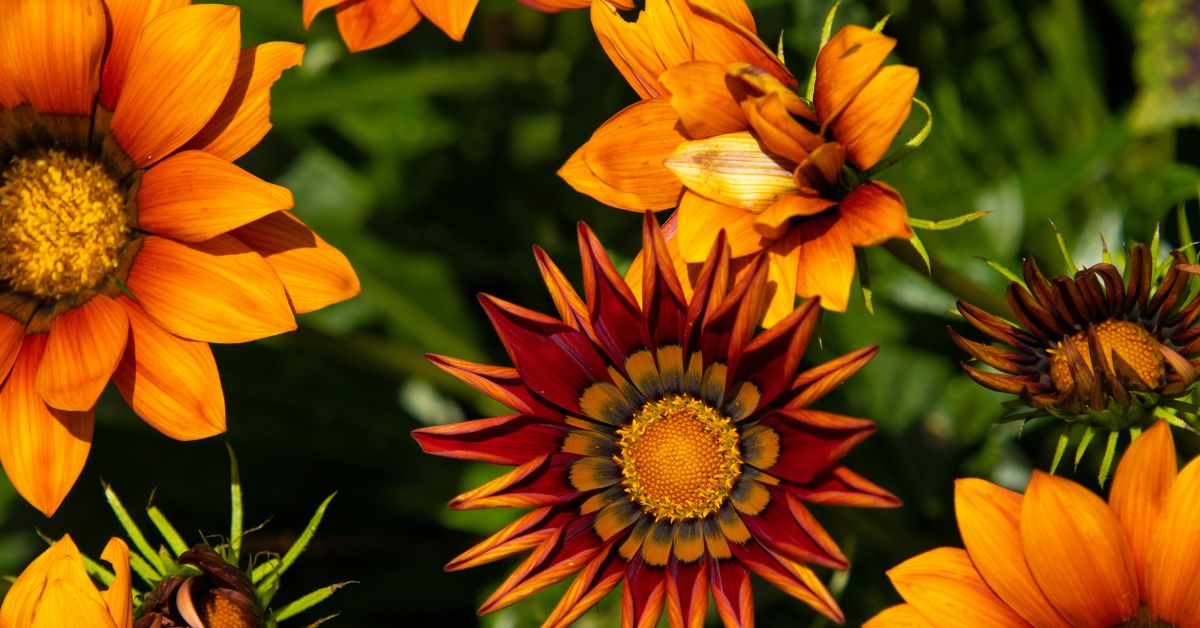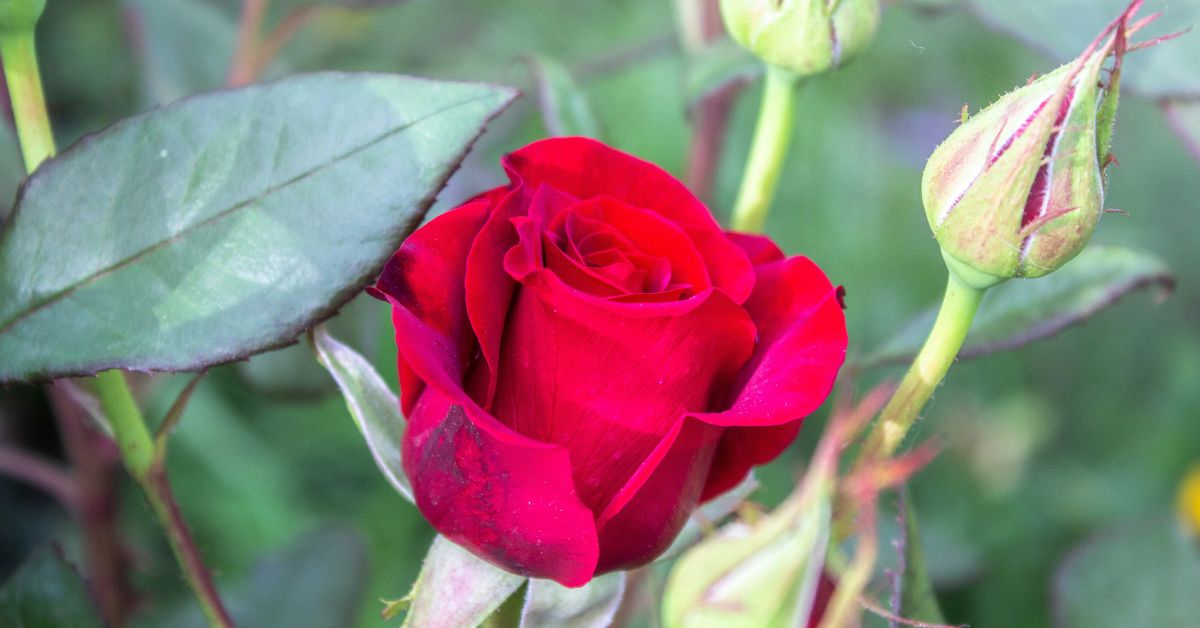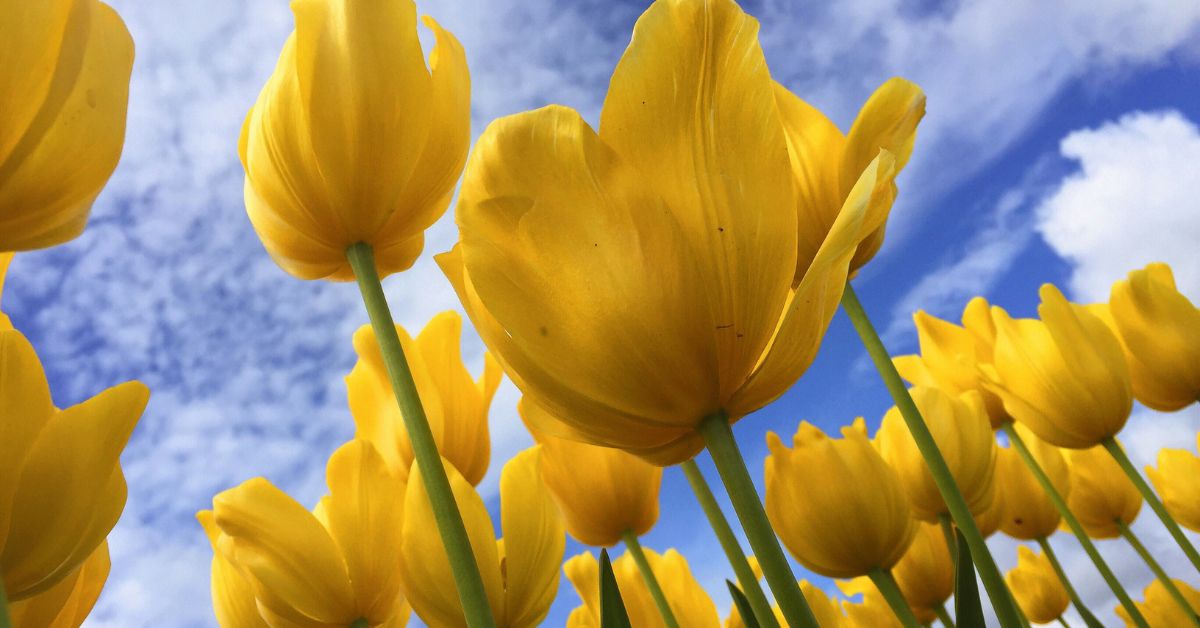By: Nikki Duthie
Flowers are blooming, birds are chirping, and leaves are growing. Spring has well and truly arrived, and there is no better time to start your garden!
Over the past two years, I have been slowly learning how to garden. I find it is such a rewarding way of relaxing the mind while the body works – all the noise of life fades away while you’re amongst the soil, weeds, and seedlings.
Starting a garden can be an intimidating task, especially if you’re starting like I did – with two giant patches of dirt – but I’ve collated the best tips I’ve learnt along the way!
Keep it Simple
I have found that the myriad of information online is unhelpful when it comes to starting your garden. The more time I spend online, the more stressed I become, and the less motivated I am to get out into the garden – 10 different articles each telling you to do something different is overwhelming! Gardening certainly has a learning curve, but as long as you’re okay with losing a few plants, you can learn as you go.
You don’t need twenty different products to keep your plants alive. Our garden is currently thriving with just compost, moo poo, mulch, and occasionally some liquid fertiliser. This isn’t to say that light level, soil pH, soil type, etc aren’t important – they are. However, you can start a perfectly healthy garden without obsessing about this.
Set Yourself Up For Success
Start with plants that are simple to grow and that come from similar environments to where you live as they will be adapted to the local conditions. For South Australians, Creeping Boobialla (Myoporum parvifolium) is a beautiful native groundcover that grows very quickly. One of our very first plants was an African Daisy, which we see everywhere in our neighborhood. Intentionally choosing these plants increases the likelihood of your garden being happy and healthy throughout all seasons.
If you want to give growing from seed a try, pick plants that are easy to grow from seed. For example, cosmos fits into this category. I started with these, and I was so encouraged that I’ve bought a few seed packets of other plants! Parsley, poppies, and carrots are also relatively foolproof.

Just Get Planting
When my husband and I decided to start a garden rather than having a dirt patch that accumulated weeds, we bought 2-3 plants that we had seen around (so we knew they might survive being ignored) and planted them. Somehow, they have survived to this day!
Just buy one or two on your next trip to Bunnings and plant them. It is quick and easy to water them, doesn’t take too long to plant, and instantly will lift your space. Having something in the yard gave us motivation and inspiration to keep going.
Also, if you know someone who likes gardening, ask them to give you a hand! The most important thing is just getting started! It is seriously addictive, and so rewarding to learn as you go.
Loss is Part of Gardening
You will kill plants. It is a sad but true fact of a gardener’s life. You can’t learn without making some mistakes! I like to think of these plants as wise travelers who came to stay a while in your garden hotel.
Every plant that either survived or died provided a unique learning experience. The important thing is to continue gardening! You will learn so much along the way, and you can’t succeed if you don’t try.

Quick Tips
Here are some short practical tips to help you as you start:
Planting
- When planting, don’t be afraid to bury part of the stem – this helps the roots go deeper, protecting them from heat and also providing more stability for the plant.
- Mulch is super important to help your garden survive the hot Australian summers. A thick layer will help the soil retain moisture and keep roots cool.
- Involve your family! My husband and I always do the gardening together, and you can involve your younger ones with something simple like weeding.
- Plant densely! Planting densely will give you a natural, living mulch, as the soil will be shaded by your plants. Also, this will reduce weeds as they won’t have room to establish.
Planning
- Buy plants that you truly love to look at.
- Consider planting a tree or two to add height and shade in the summer months.
- Check if you have a really windy section of the garden, and plant a shrub to act as a windbreak. This will avoid a lot of trouble down the line!
- Get inspiration from other people’s gardens. Go for a walk and jot down what you like and what you don’t. However, don’t compare your garden to anyone else’s – that takes all the fun out of it. Everyone’s garden is unique and is a product of time and the gardener’s tastes.
- There are plenty of apps that can identify plants for you! Take your phone along when you go for walks, and build a list of plants that you love.
Inspiration
This gardening book by Creator’s Friend is a lifesaver! I bought one for myself and my mum for Christmas, and they have filled up FAST. This provides an easy way to keep track of the needs of your various plants without having to keep all the tabs (although I like to tape mine into the journal).
There are also plenty of gardening Instagram accounts out there! Find a few you like and follow them. You never know what random tips you’ll pick up from their posts and comments.
My fellow Life FM writer Lorrene McClymont has a wealth of garden knowledge – read her tips here!
Article supplied with thanks to Life FM in Adelaide.
Feature image: Photo by Melissa Askew on Unsplash

